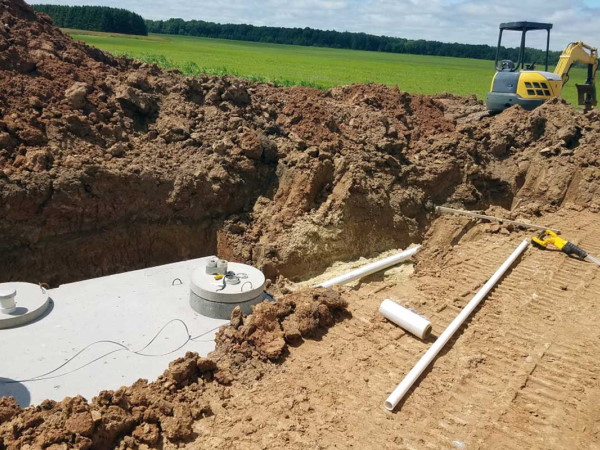Septic excavation services are essential for the proper installation, repair, and maintenance of septic systems, ensuring optimal functionality and environmental safety. Understanding the intricacies of these services is crucial for homeowners and contractors alike to navigate the process effectively to get he said.
Understanding Septic Excavation
Septic excavation services encompass the excavation and installation of septic systems, which are decentralized wastewater treatment systems commonly used in areas without centralized sewer systems. These systems consist of a septic tank and a drain field, with excavation playing a pivotal role in their installation and maintenance. Precision is paramount in ensuring the longevity and efficiency of the system.
Defining Septic Excavation Services
Septic excavation services involve the excavation of trenches for the installation of septic tanks and drain fields. Excavators must have a thorough understanding of septic system components and their functionality to execute the excavation process accurately. Excavation precision is essential to prevent damage to the system and surrounding environment.
Types of Septic Excavation Projects
Septic excavation projects vary based on the specific needs of the property. New installations require excavation for the placement of septic tanks and drain fields, while repairs and replacements may involve excavation to access and repair existing components. Additionally, system upgrades may necessitate excavation to accommodate larger or more advanced components.
Equipment and Techniques
Excavation for septic systems requires specialized equipment tailored to the needs of the project. Mini-excavators and backhoes are commonly used for trenching and digging, while compaction equipment ensures proper backfilling and soil stabilization. Excavation techniques may vary based on soil conditions and site constraints, with safety protocols in place to protect workers and property.
Key Considerations Before Excavation
Before commencing excavation for a septic system, several key considerations must be addressed to ensure a successful project outcome.
Site Assessment and Planning
A comprehensive site assessment is essential to determine soil composition, groundwater levels, and site suitability for a septic system. Soil analysis helps identify potential drainage issues and informs the design and placement of septic components. Additionally, consideration must be given to local regulations and permitting requirements governing septic system installation.
Environmental Impact
Excavation activities can have significant environmental implications, including soil erosion and disruption of natural habitats. Implementing erosion control measures, such as silt fences and sediment ponds, helps mitigate environmental impact and protect adjacent water bodies. Compliance with regulations governing environmental protection is essential to minimize adverse effects on the surrounding ecosystem.
Budgeting and Timeline
Accurate cost estimation and project scheduling are critical for successful septic excavation projects. Factors such as equipment rental, labor costs, and material expenses must be considered when budgeting for the project. A realistic timeline should account for site preparation, excavation, installation, and any unforeseen delays or complications that may arise during the process.
The Excavation Process
Once all necessary preparations are complete, the excavation process can begin in earnest.
Site Preparation
Site preparation involves clearing vegetation, marking utility lines, and establishing boundaries for excavation. Clearing the area ensures unobstructed access for excavation equipment, while utility line markings prevent accidental damage during digging. Establishing boundaries helps define the extent of excavation and minimize disturbance to surrounding areas.
Digging and Installation
Excavation proceeds according to the specifications outlined in the septic system design. Trenching techniques are employed to create trenches for the placement of septic tanks and drain fields, with careful attention paid to depth and alignment. Components are positioned within the trenches according to design specifications, and backfilling procedures are followed to ensure proper soil compaction and stability.
Quality Assurance
Throughout the excavation process, quality assurance measures are implemented to ensure the integrity and functionality of the septic system. Inspections and testing are conducted at various stages to verify compliance with design specifications and regulatory requirements. Any complications or deviations from the plan are addressed promptly to prevent further issues and ensure the successful completion of the project.
Conclusion
In conclusion, navigating septic excavation services requires careful planning, execution, and attention to detail. Understanding the intricacies of the excavation process, including site assessment, environmental considerations, and proper installation techniques, is essential for homeowners and contractors alike. By prioritizing precision, safety, and environmental stewardship, septic excavation services can contribute to the long-term functionality and sustainability of septic systems.



